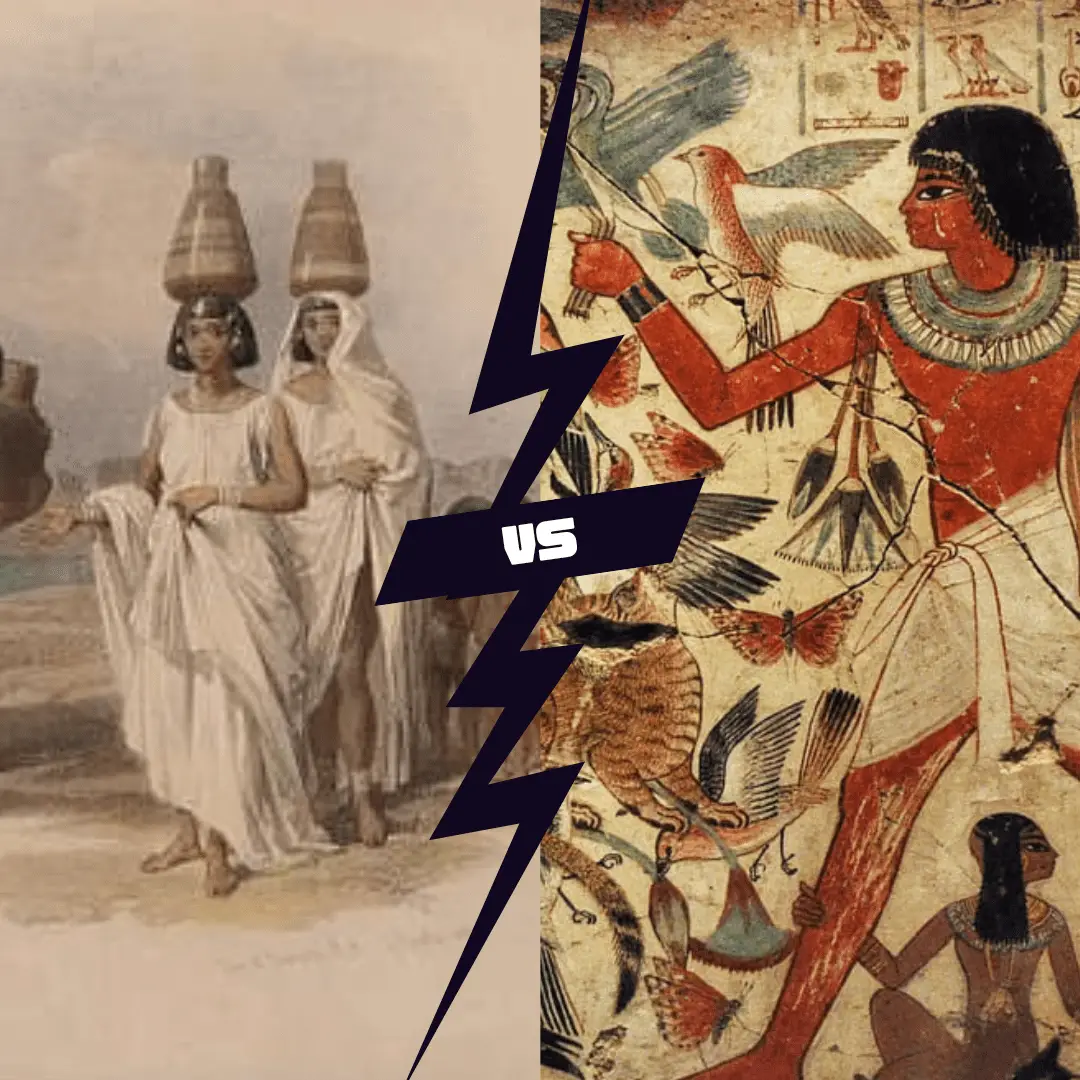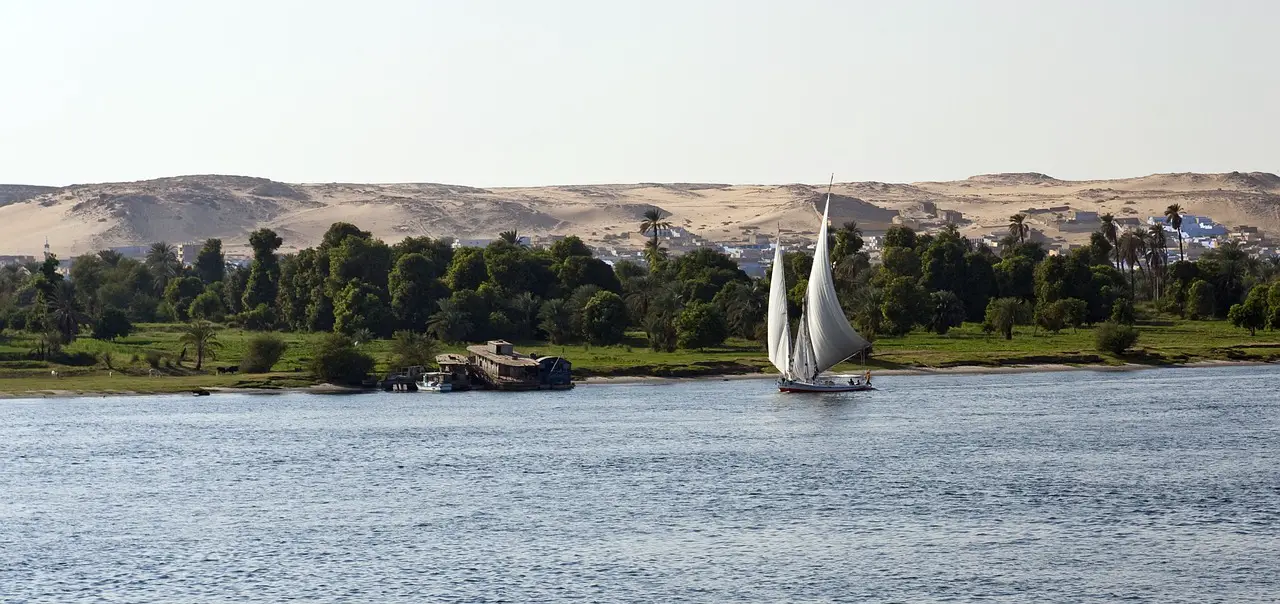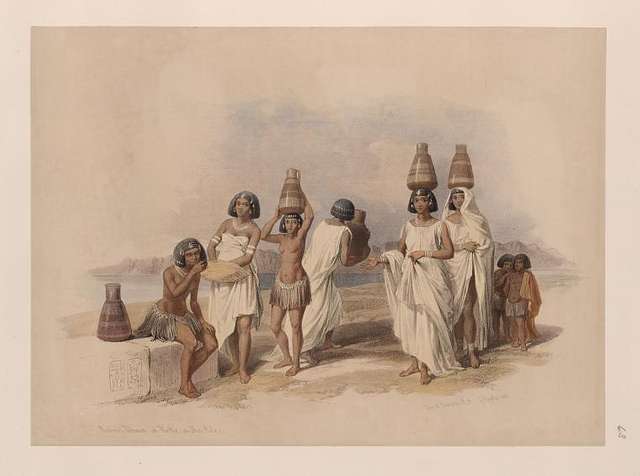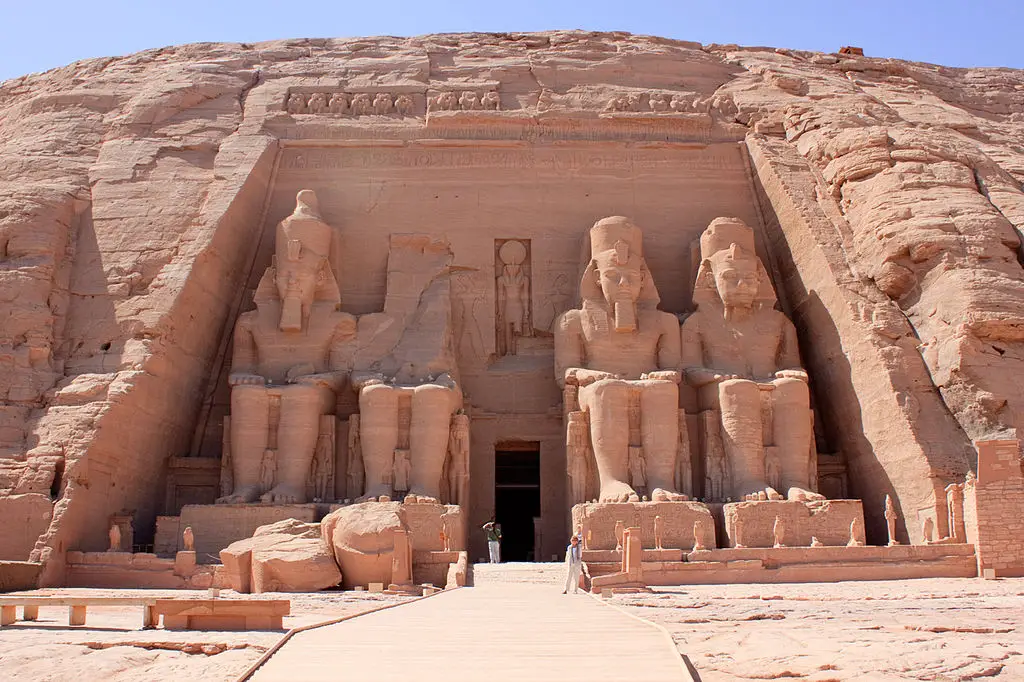
A Tale Of Two Nile Valley Civilizations
The Nile River, a cradle of ancient civilization, bore witness to two of the greatest cultures in history: Ancient Egypt and Ancient Nubia. Both flourished along this life-giving river, yet each forged a unique path that highlighted distinct cultural, political, and social evolutions. Ancient Egypt vs Nubia is not just a comparison but an exploration of how neighboring civilizations interacted with, influenced, and sometimes conflicted with each other through millennia.
Table of Contents
From Upper Egypt To Northern Sudan
Ancient Egypt was primarily concentrated along the Nile’s valley from Lower Egypt in the delta to Upper Egypt south toward Southern Egypt. In contrast, Ancient Nubia, which extends from the first cataract of the Nile in Southern Egypt to an area known today as Northern Sudan, consists of regions often referred to as Upper Nubia and Northern Nubia.
Kingdoms In Conflict And Cooperation
The histories of these two regions are intertwined; their story is one of peace, conflict, and mutual admiration. During the Middle Kingdom and New Kingdom eras in Ancient Egypt, the pharaohs aimed to exert control over Nubian territories to access trade routes and resources such as gold mines. This led to military campaigns that brought significant parts of Nubia into the Ancient Egyptian Empire.
Interestingly, Nubia was not just a passive recipient of Egyptian influence. During the 25th Dynasty, known as the Nubian Dynasty, rulers who originated from Nubia ruled over all of Egypt. This period highlighted not only the military prowess of Ancient Nubian rulers but also their capacity to run an empire as significant as that of Ancient Egypt.
Cultural Interchange Between Ancient Titans
The cultural exchange between Egyptian and Nubian civilizations was profound. Both civilizations shared gods and religious practices, with several temples built by Egyptian Pharaohs notably Ramses II, found in Nubia, such as those majestic structures at Abu Simbel.
However, despite their similarities and shared influences, there were considerable differences. The art and architectural styles distinctively represent each civilization’s unique essence. For example, while pyramids were prominent in both cultures, Nubian pyramids, predominantly found in regions making up modern-day Sudan, such as at Meroe, differed greatly in design from their Egyptian counterparts.
The Role Of the Nile River

The Nile River was central to the development of both civilizations. It provided necessary resources for agriculture, facilitated trade, and served as a critical mode of transport. This is wonderfully highlighted on any given Egypt tour or during a serene voyage on a Nile cruise, where you can witness the melding landscapes that once housed these ancient people.
From Ancient Empires To Modern Recognition

In modern times, we continue to uncover details about these civilizations through archeological excavations like those in Amara West in Northern Sudan or findings displayed at prestigious institutions such as the British Museum. These discoveries provide us insight into everyday life within these societies from common folks to their ruling elite like the famed Nubian kings and Egyptian Pharaohs, illustrating an overarching panorama of what living by the Nile was like centuries ago.
Both nations have left indelible marks on each other’s cultures and history. The rise of the Nubian Kingdom, especially during periods like the Meroitic Period marked by powerful queens like Amanirenas who challenged Rome, radiates the strength and independence characteristic of ancient Nubia’s spirit.
Political Structures
Regarding governance, significant differences existed between these neighbors. While often seen through Pharaohs’ eyes due to their deification and centralized authority system in Egyptian culture which emphasized divine kingship—a concept mirrored but uniquely practiced within the Nubian territory where their king (or queen) had a significant religious role yet appeared more integrated within their societal fabric rather than being aloof or above it.
Architectural Marvels Beyond Borders

Discussing their monumental contributions is incomplete without mentioning architectural accomplishments from both sides—like those magnificent temples & pyramids that stand as timeless testaments to human ingenuity & devotion across both banks of the Nile—from Karnak in Egypt to those less-known yet equally fascinating monuments nestled within what once was ancient Nubia; they narrate tales woven out of stone etched by faith & fervor alike.
Furthermore, sites like Abu Simbel epitomize not only Ramses II’s grandeur but also an unparalleled undertaking reflecting harmony & coexistence when repositioned away from rising Nile waters in an international effort to safeguard this shared heritage—bridging past with the present.
Conclusion
While modern borders categorize them as part of different continents—Egypt in North Africa and parts of ancient Nubia stretching into what we know today as East Africa—they share more than just geographical proximity; they share a legacy cemented by the flowing lifeline that is Nile River Valley Civilization. As we delve into understanding ancient Egypt vs Nubia’s intricate dynamics against vast expanses stretching from modern-day northern Sudan through Upper Egypt—a narrative unfolds; rich in culture diplomacy but even richer in shared human heritage poised gracefully along banks of Nile fostering civilizations that resonate through time, influencing everything from contemporary culture through to our understanding an oft-romanticized yet complex past encompassing realms where Pharaoh’s scepter met Nubian bow—illustrating an epic saga rivalry reverence along cradle civilization itself.